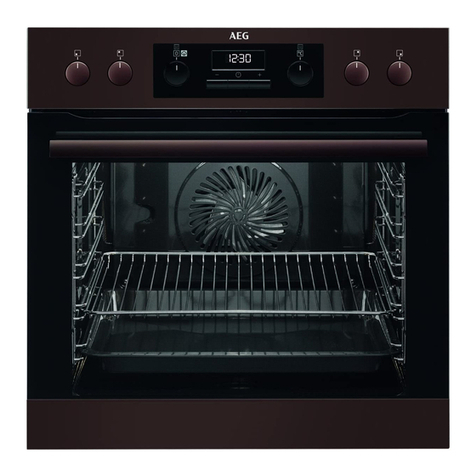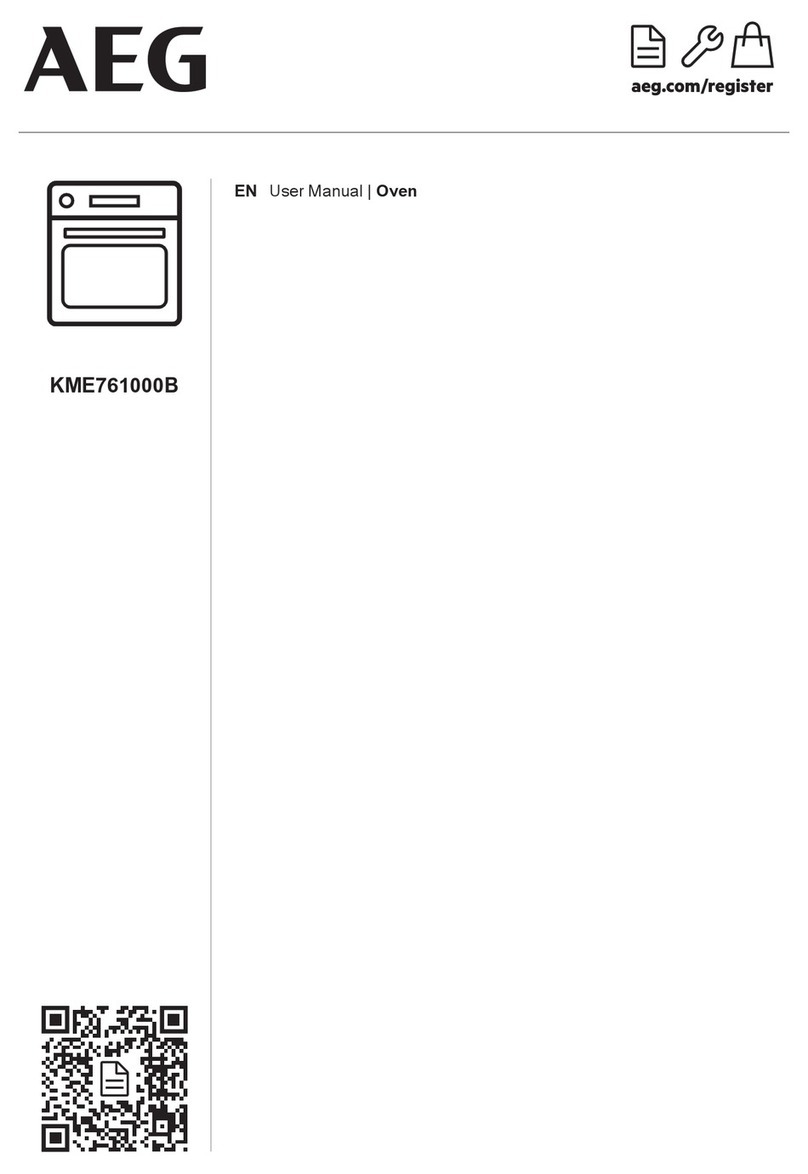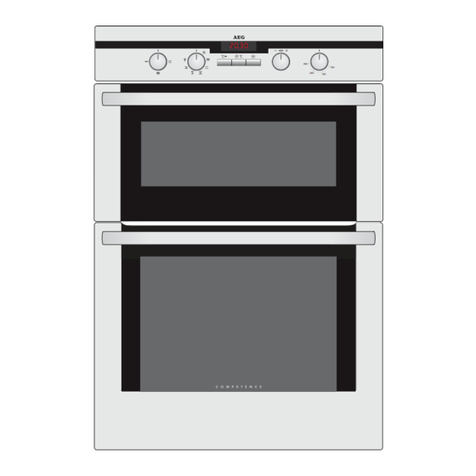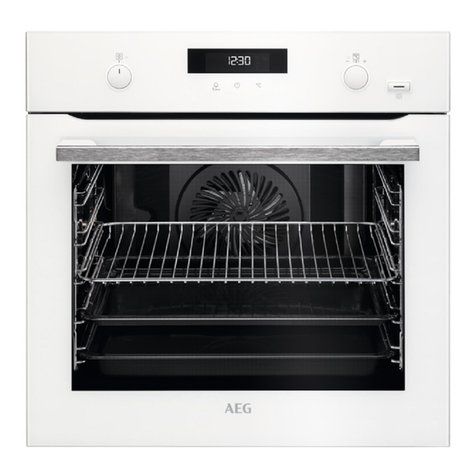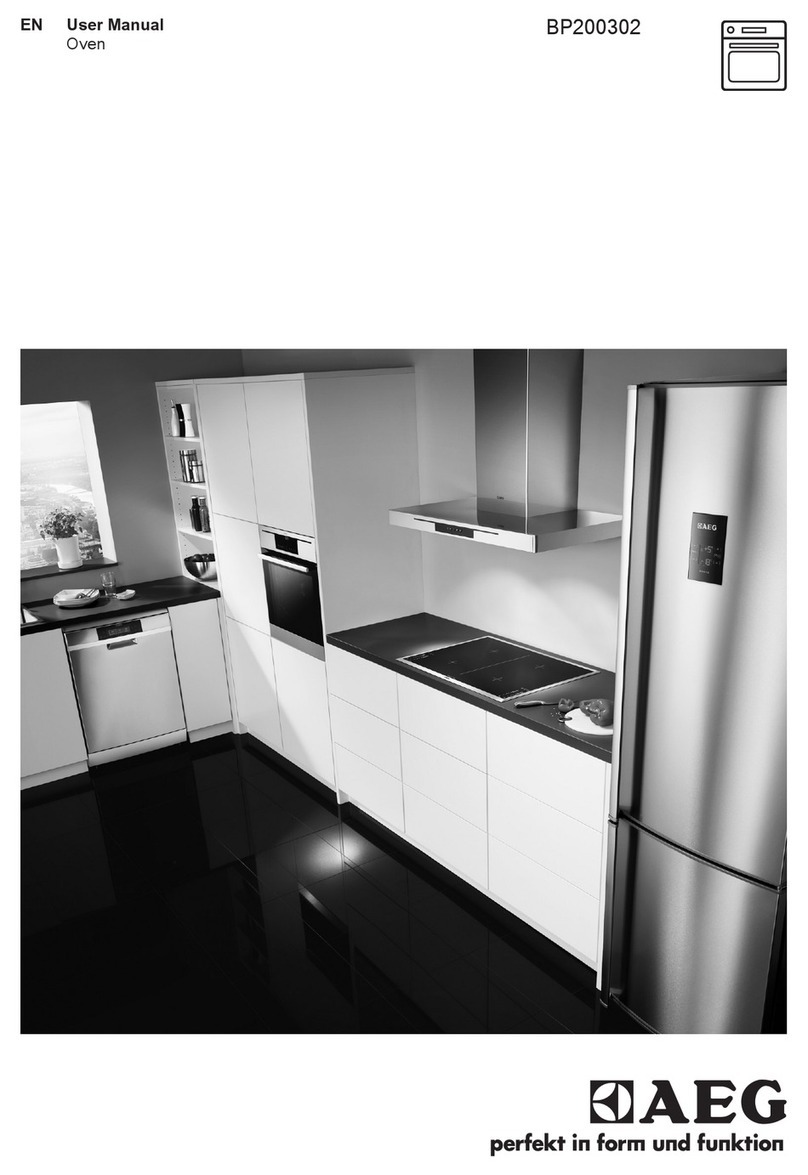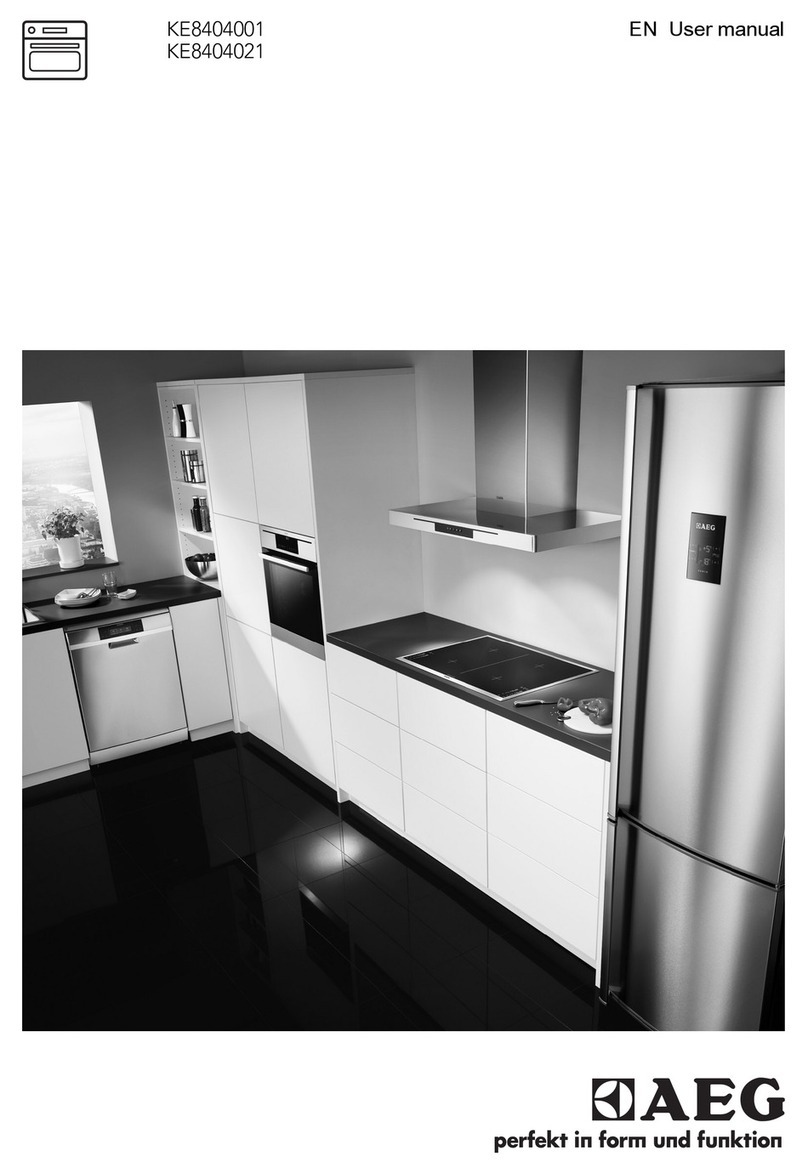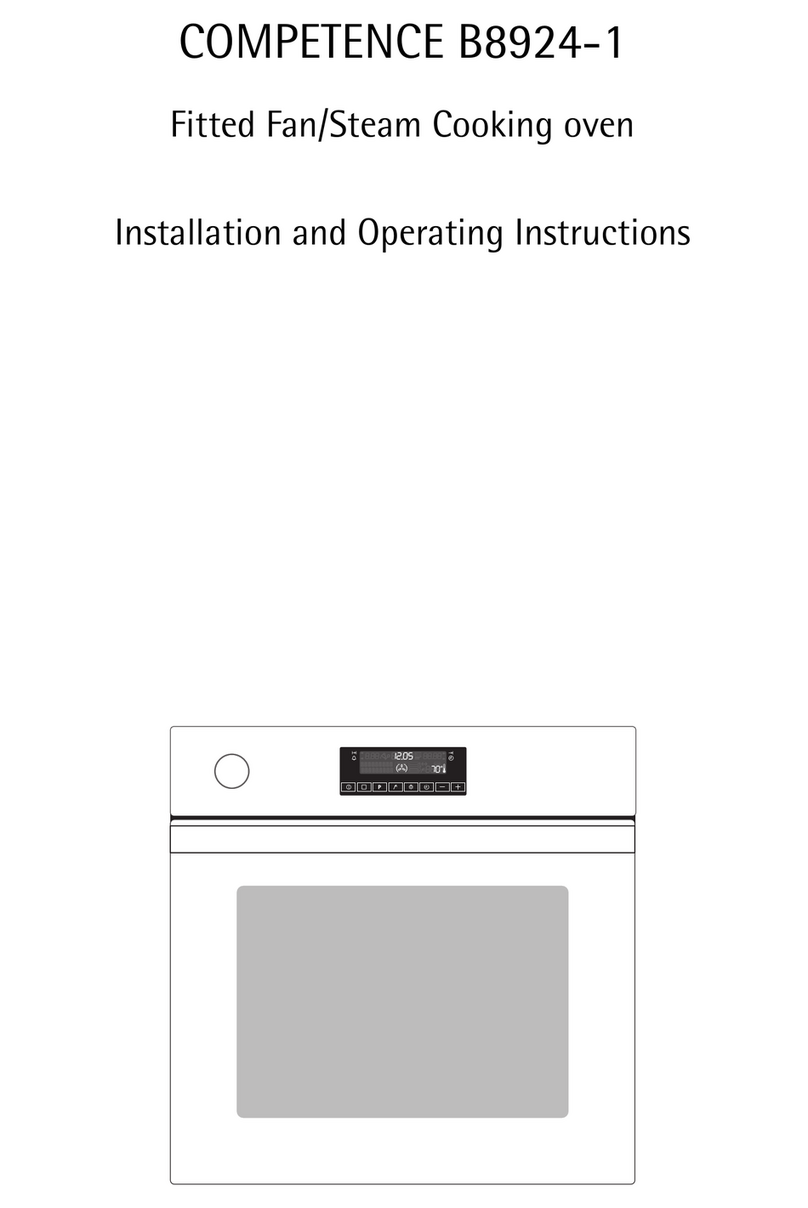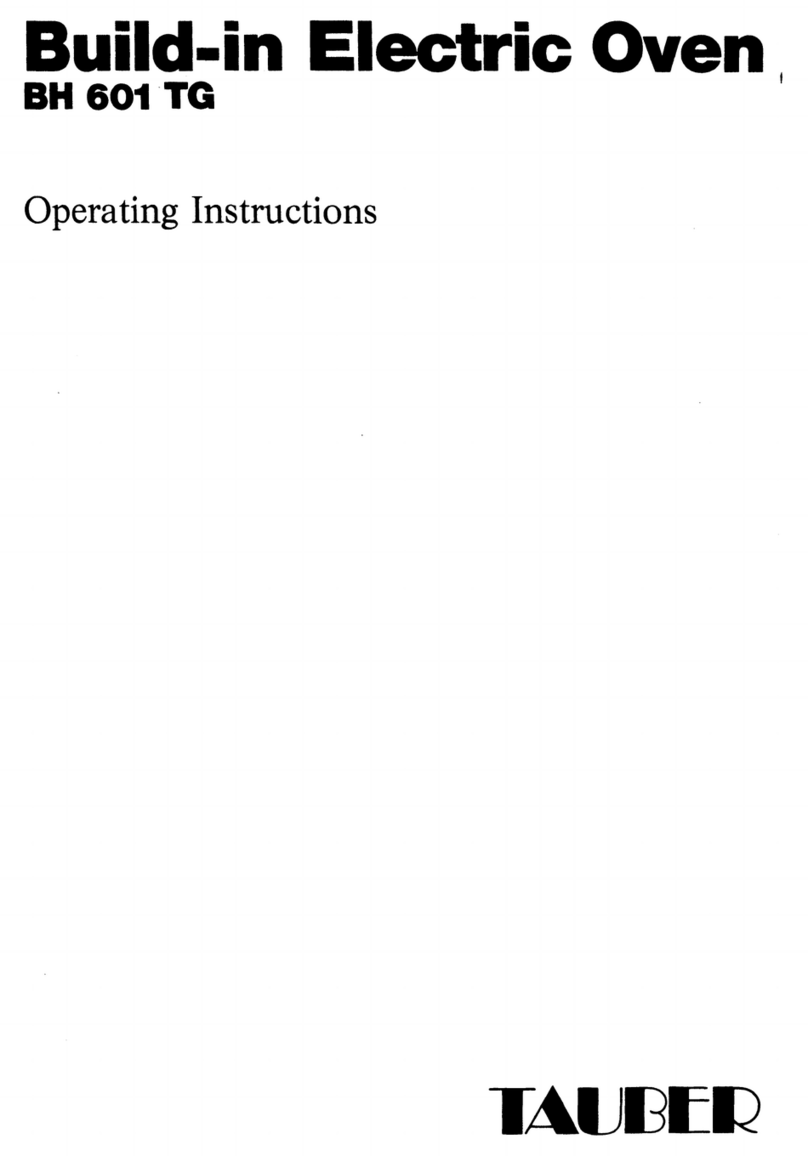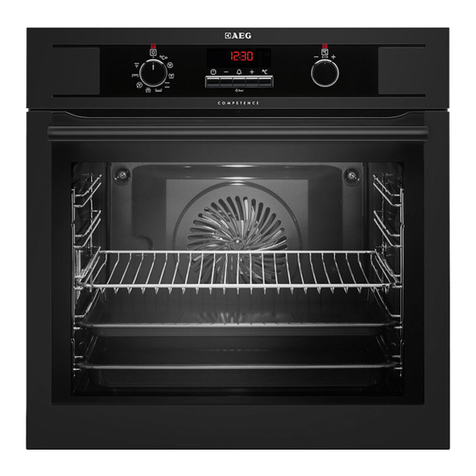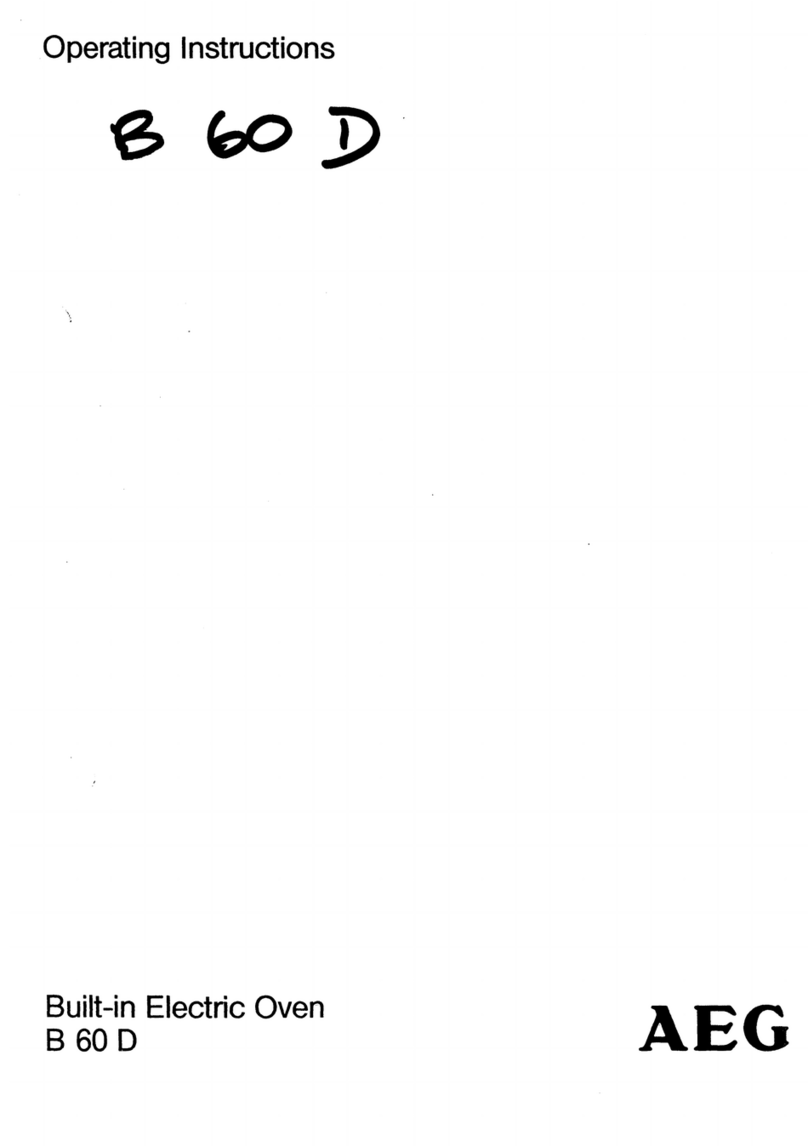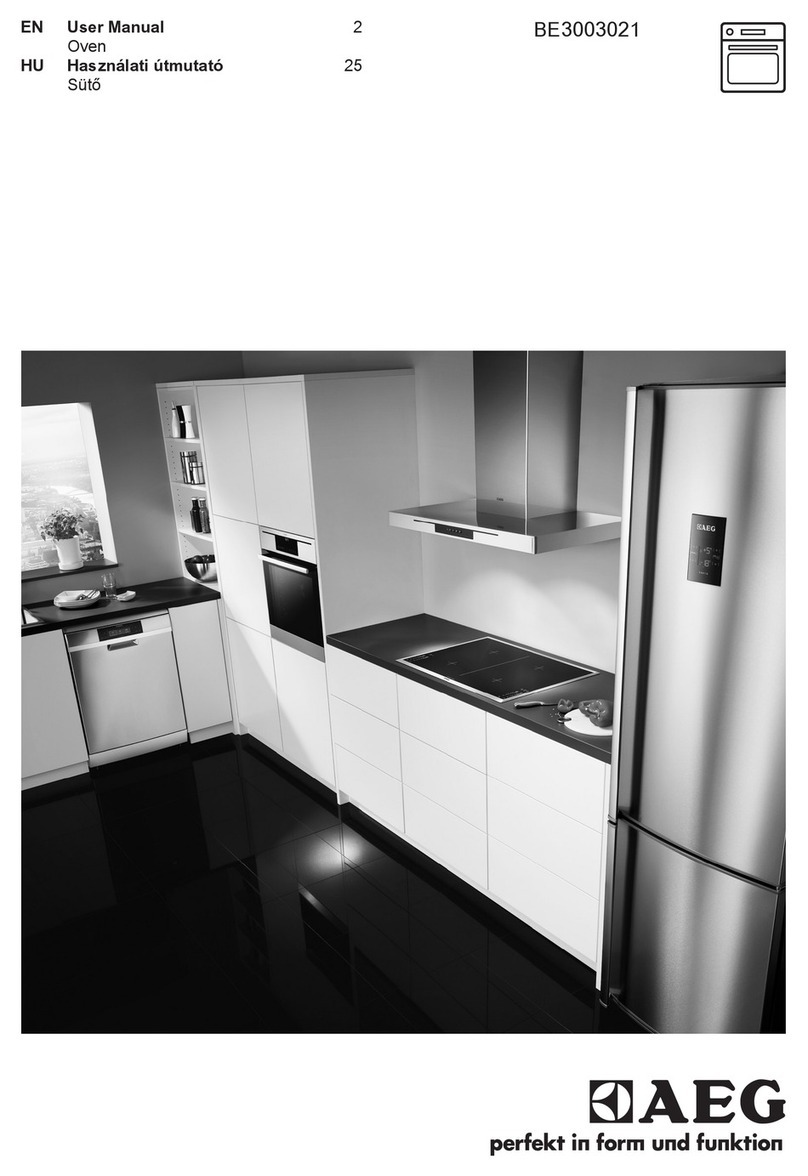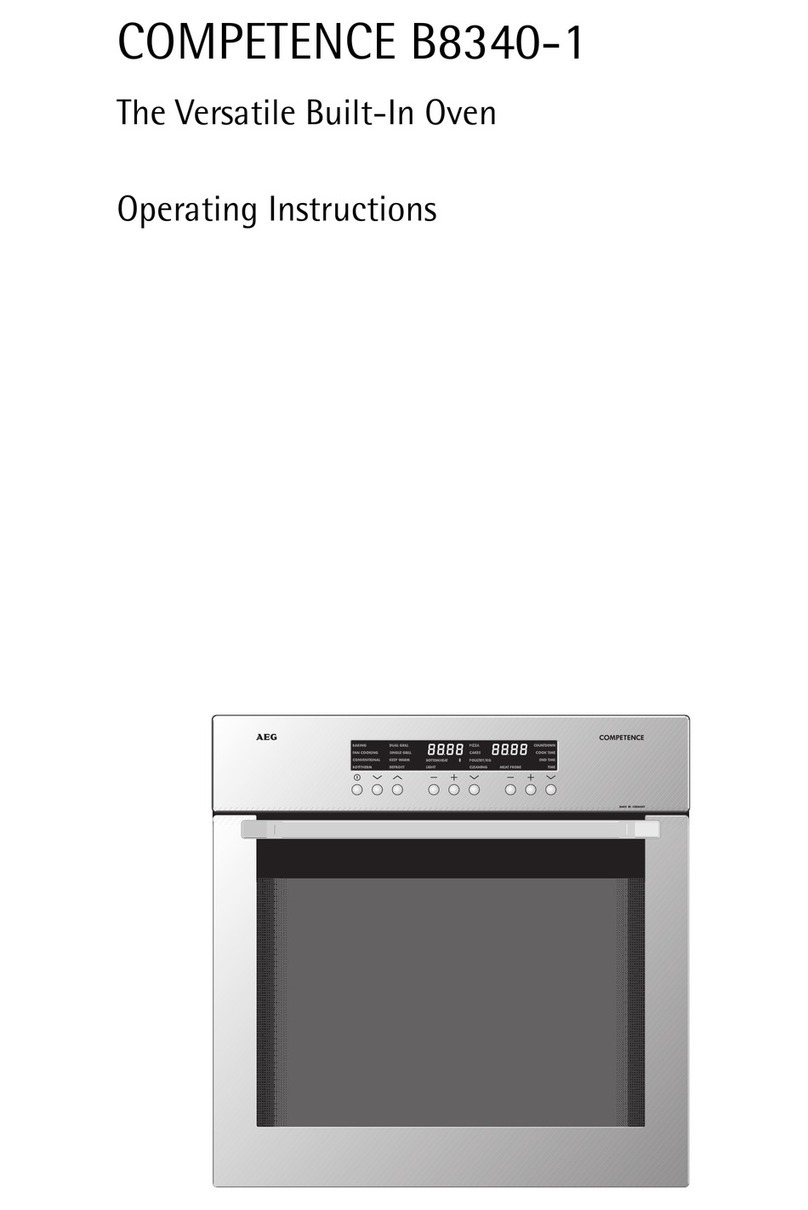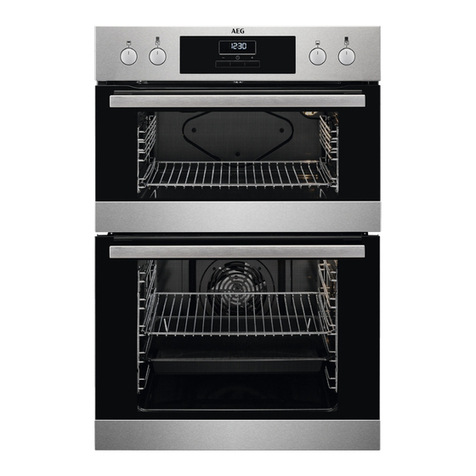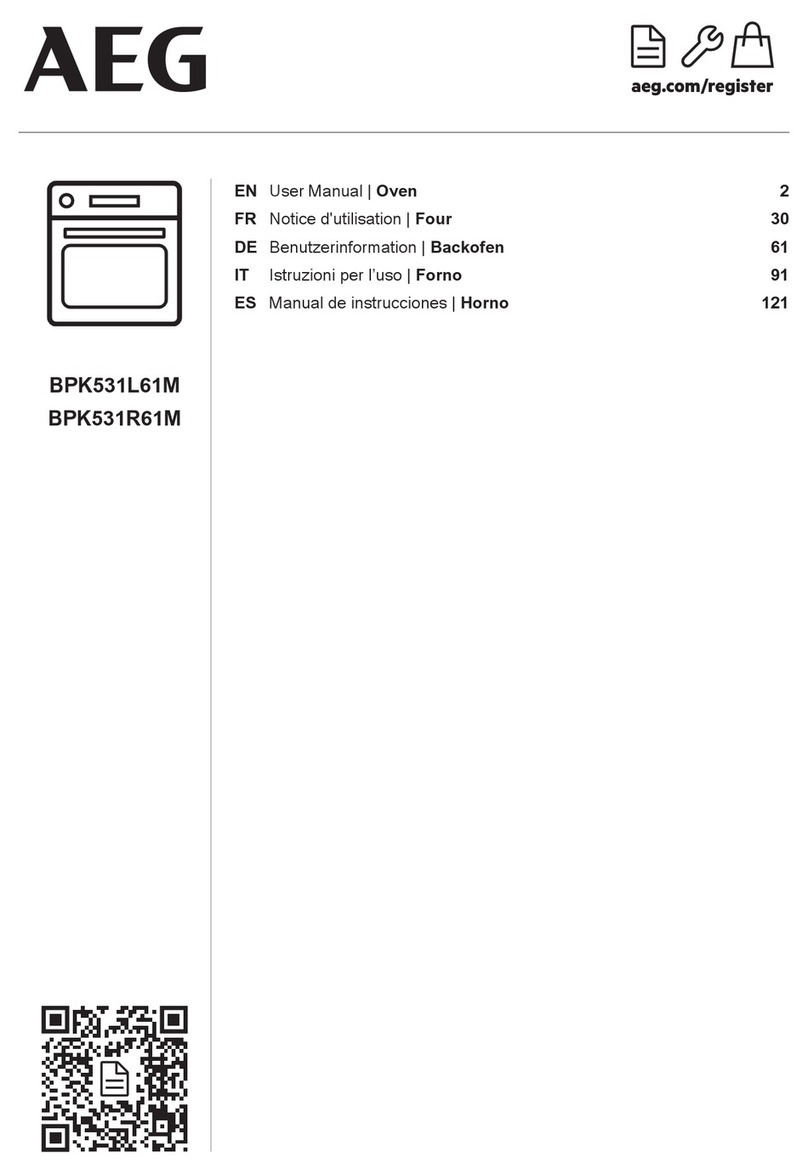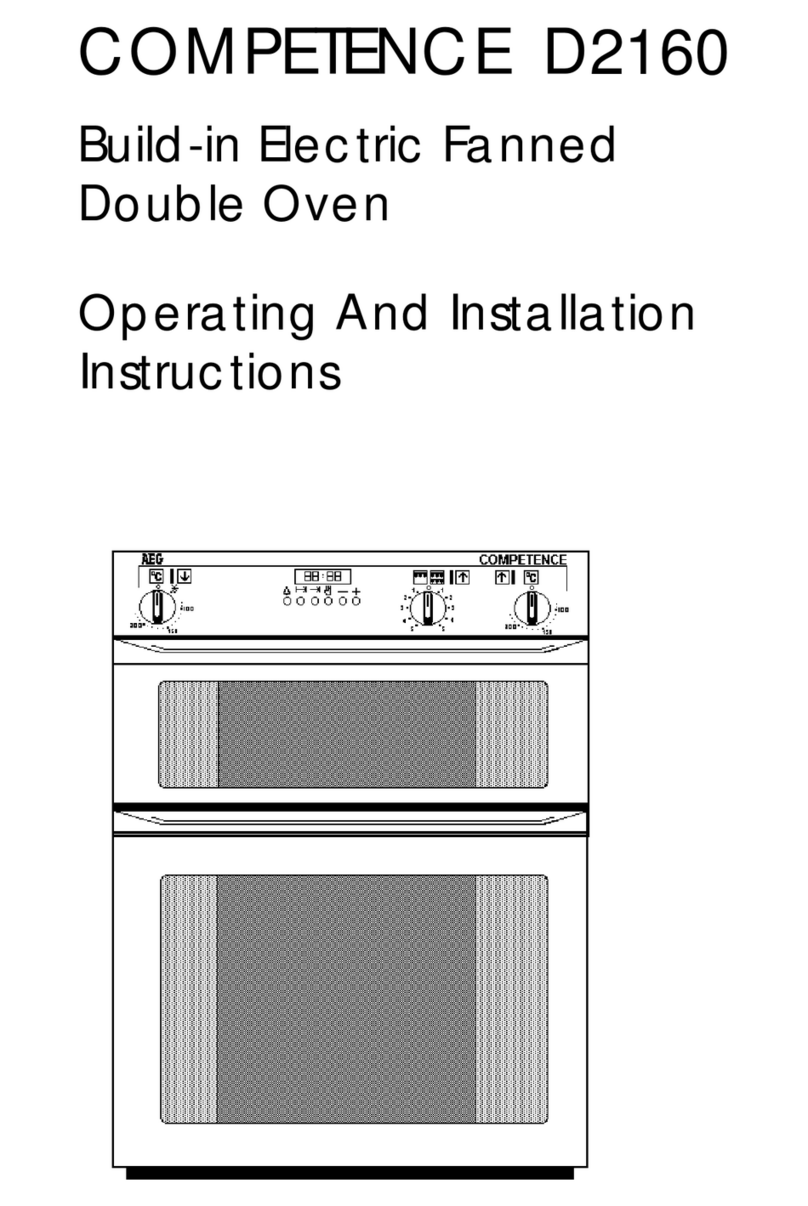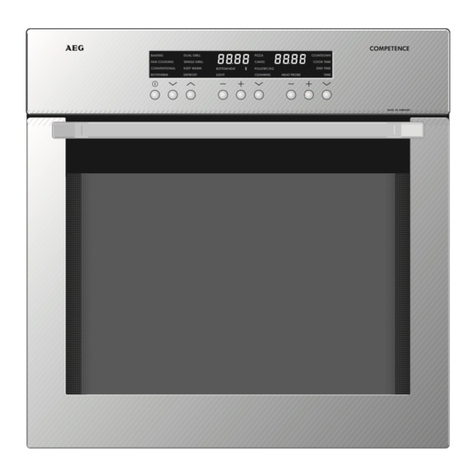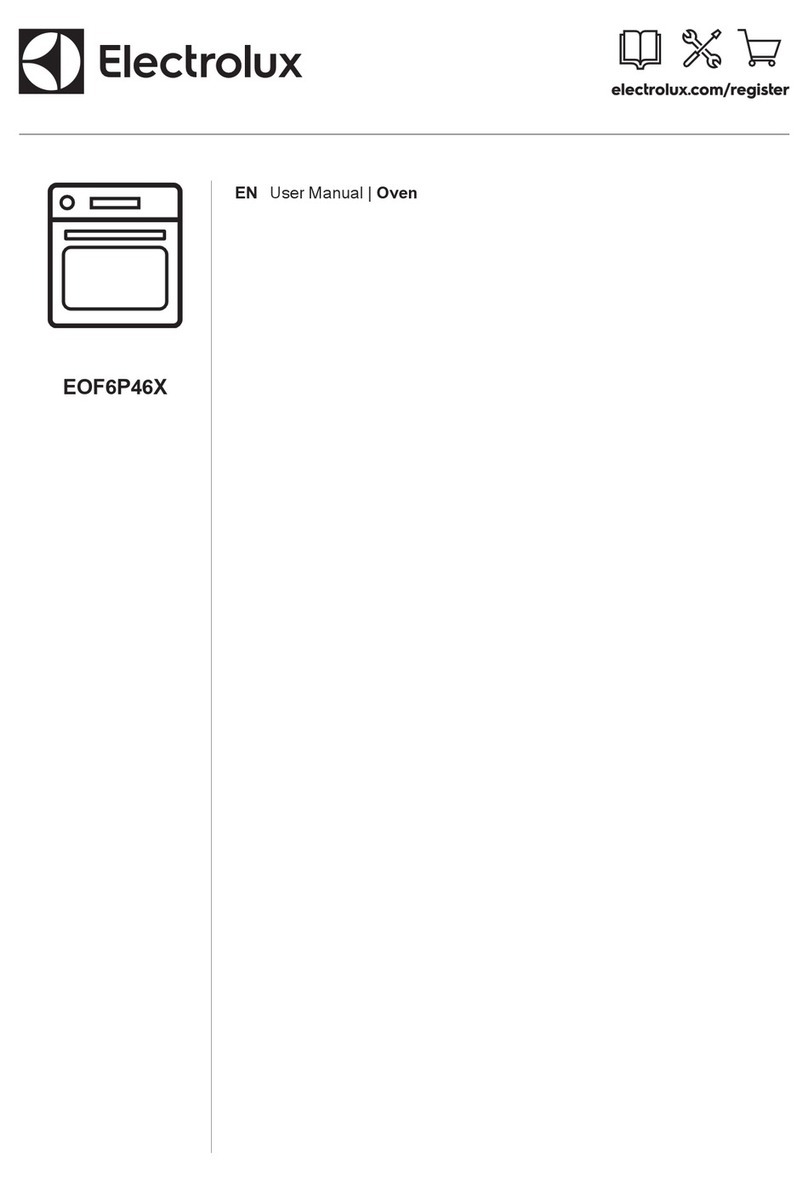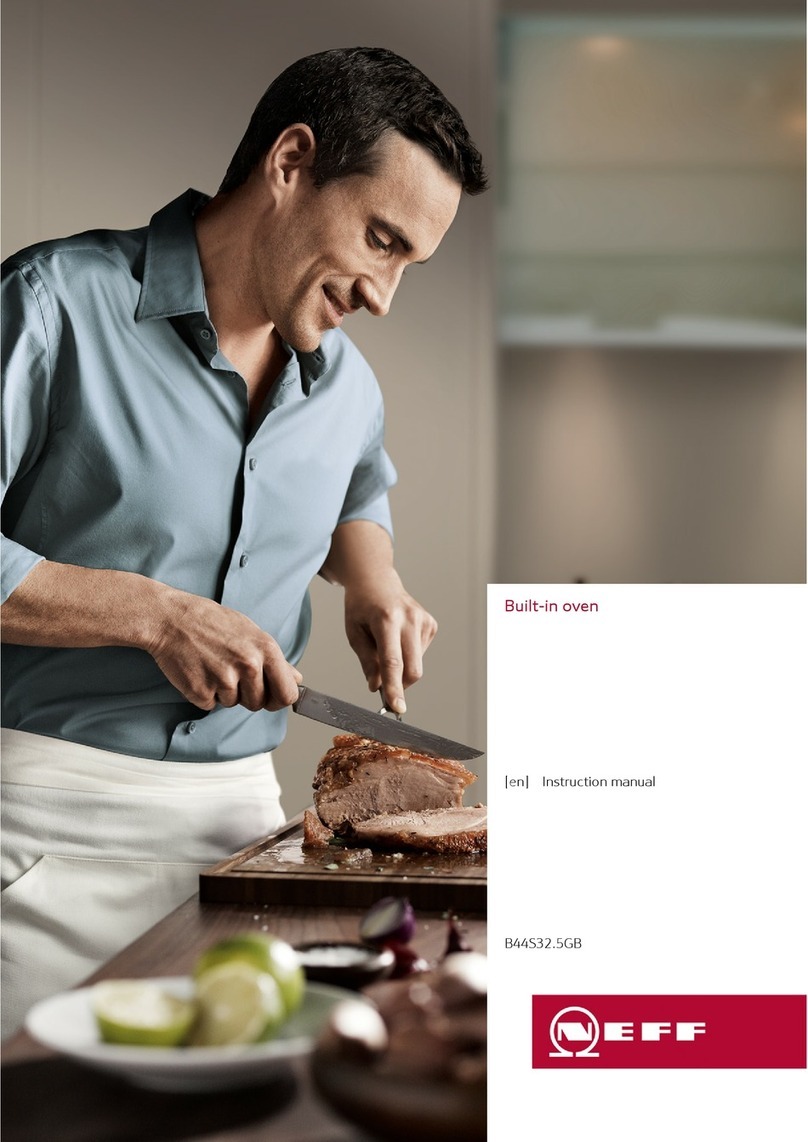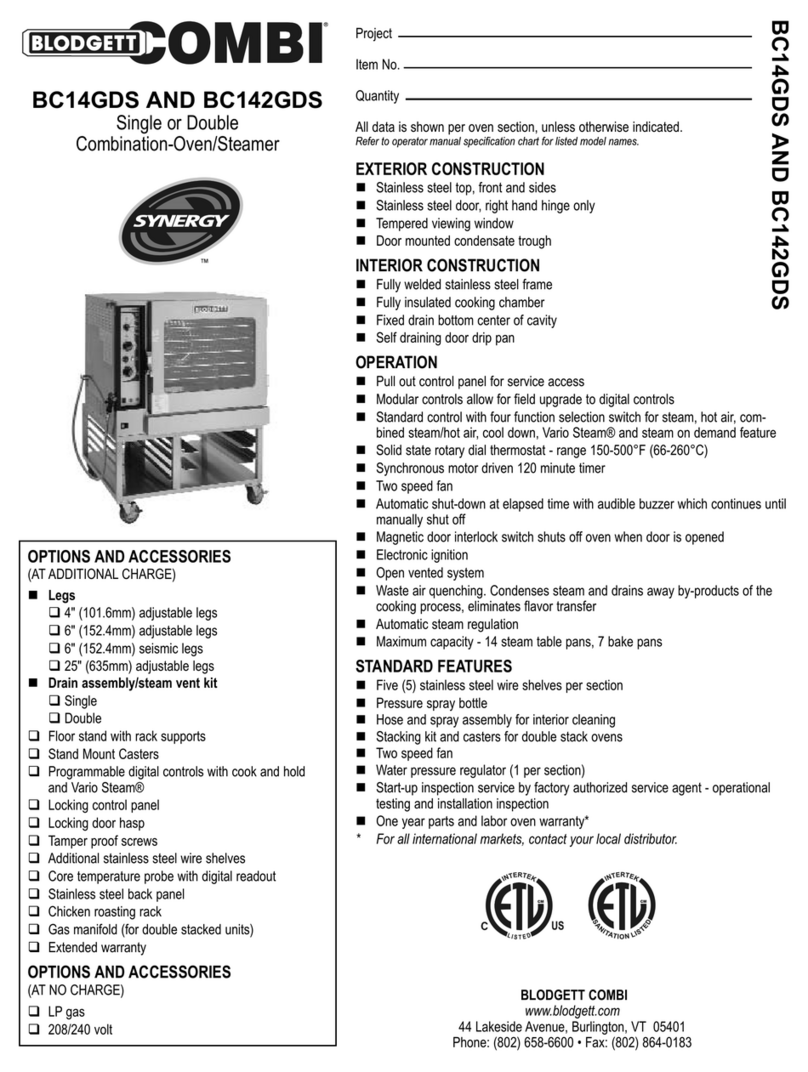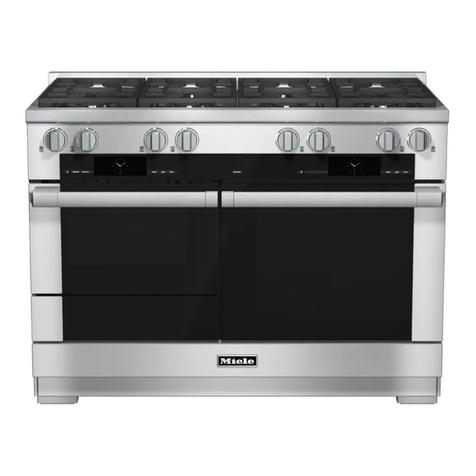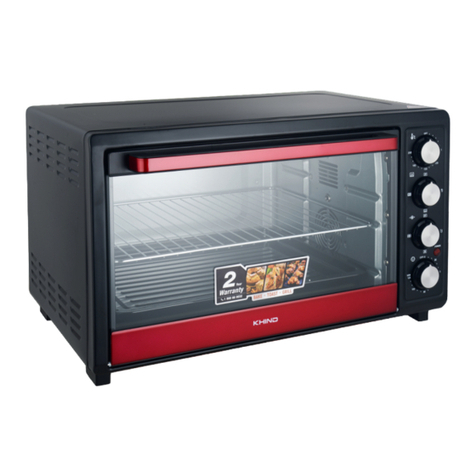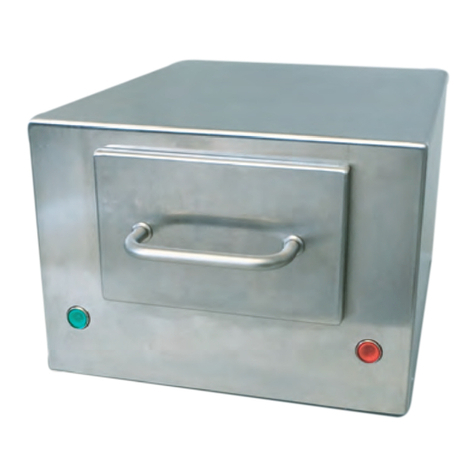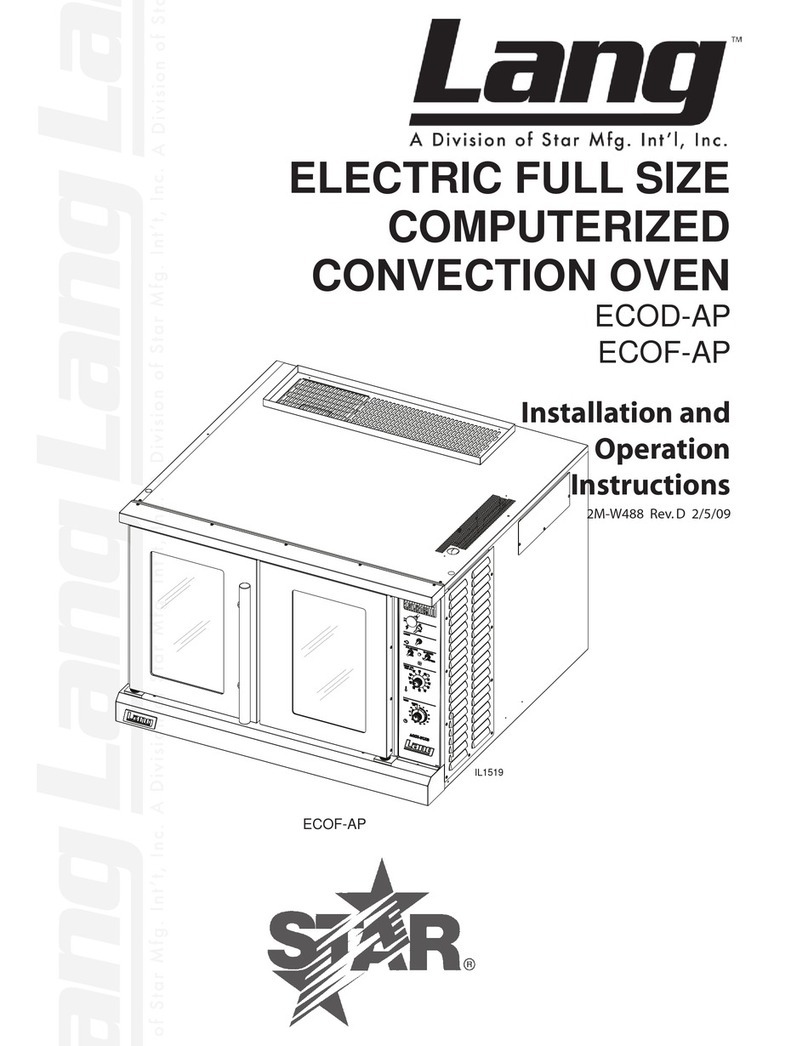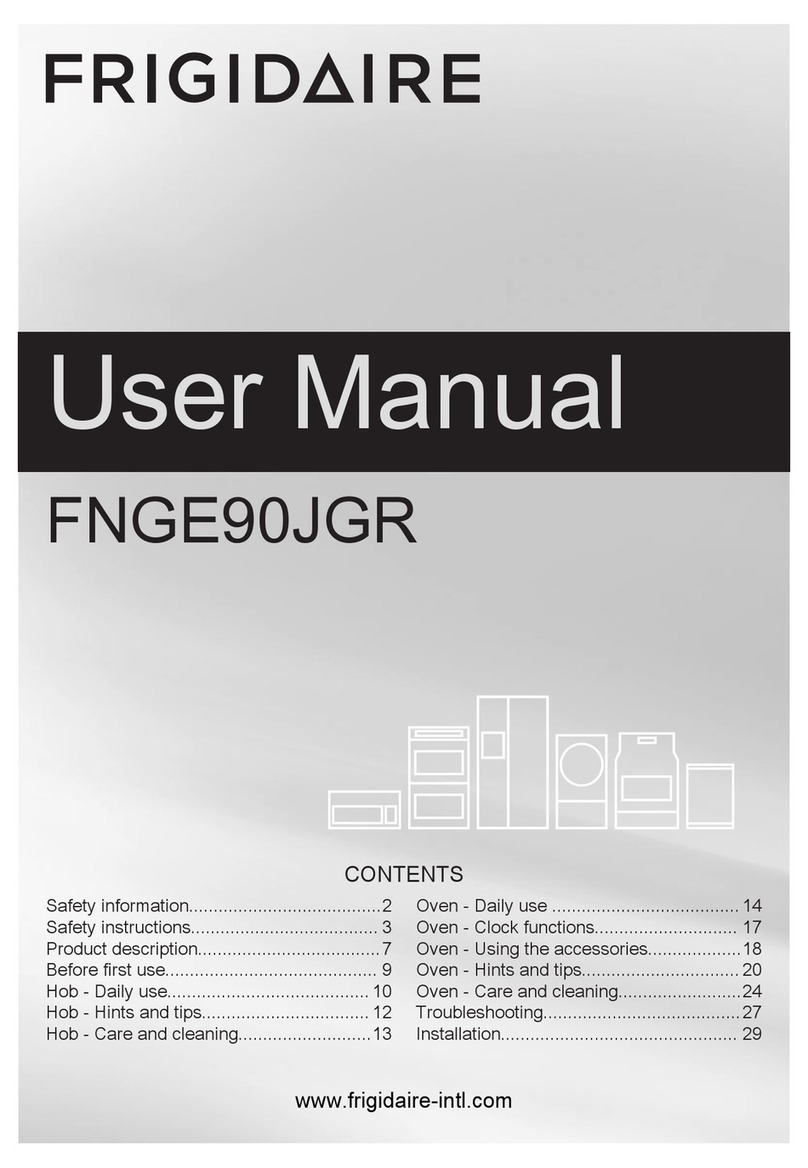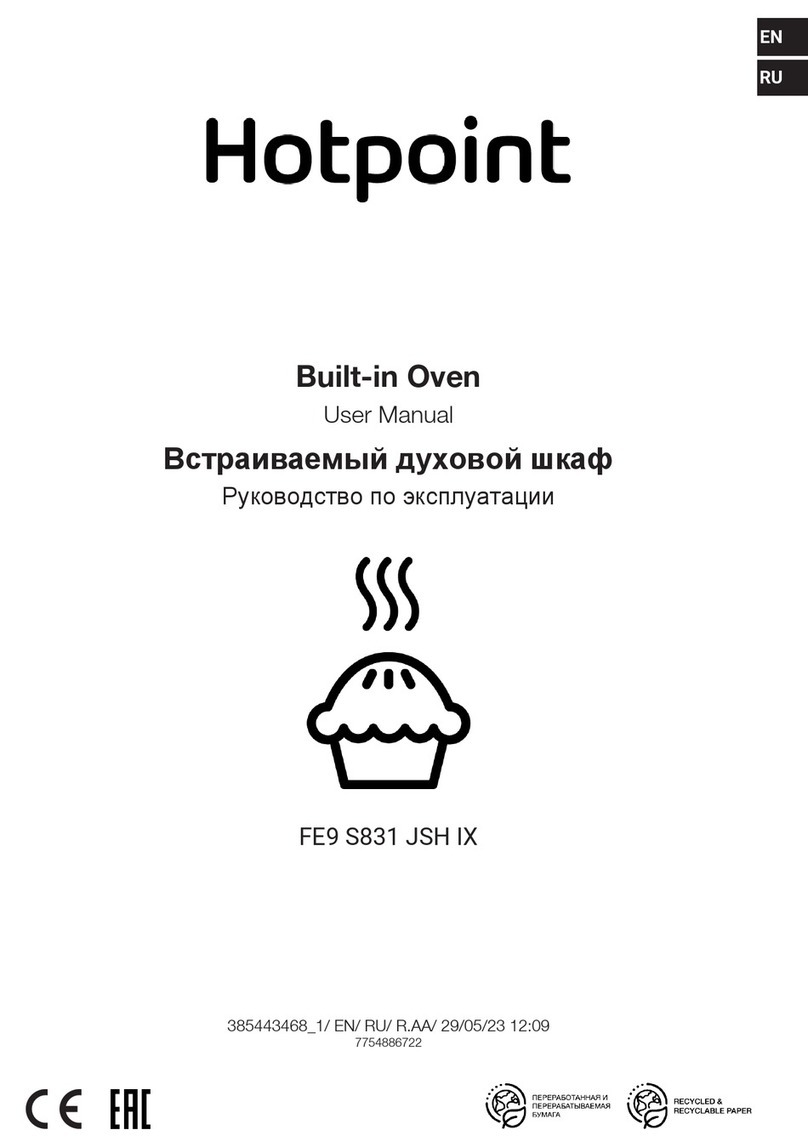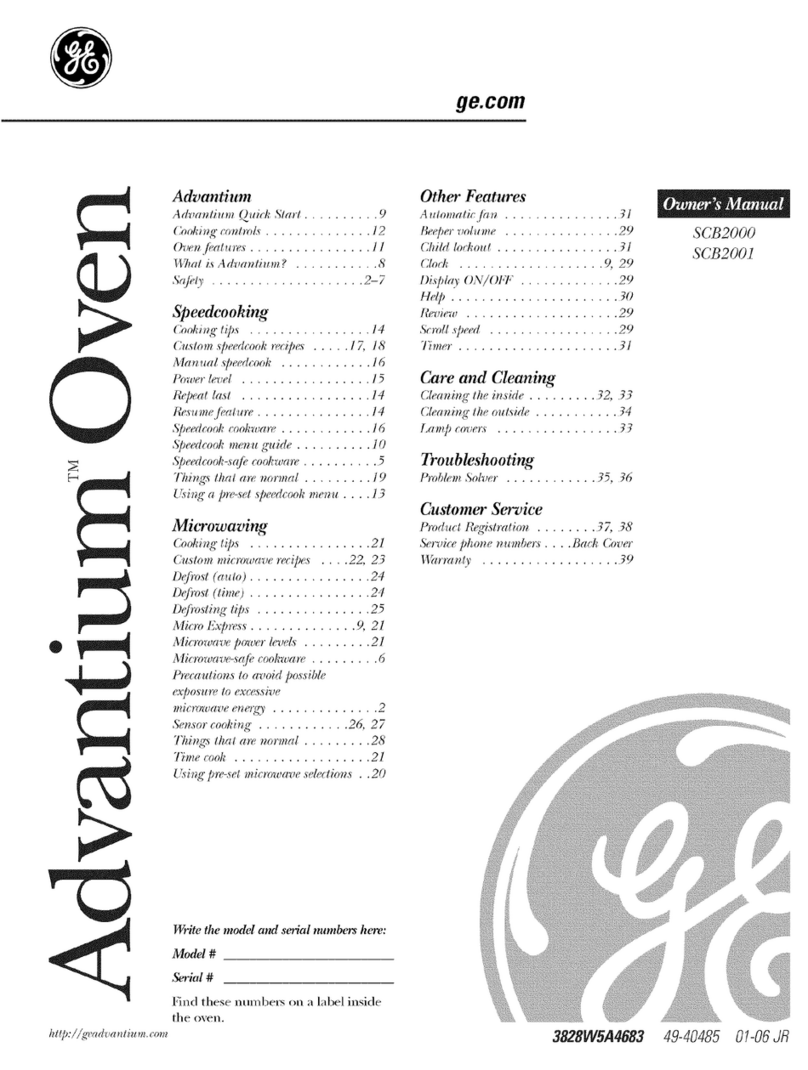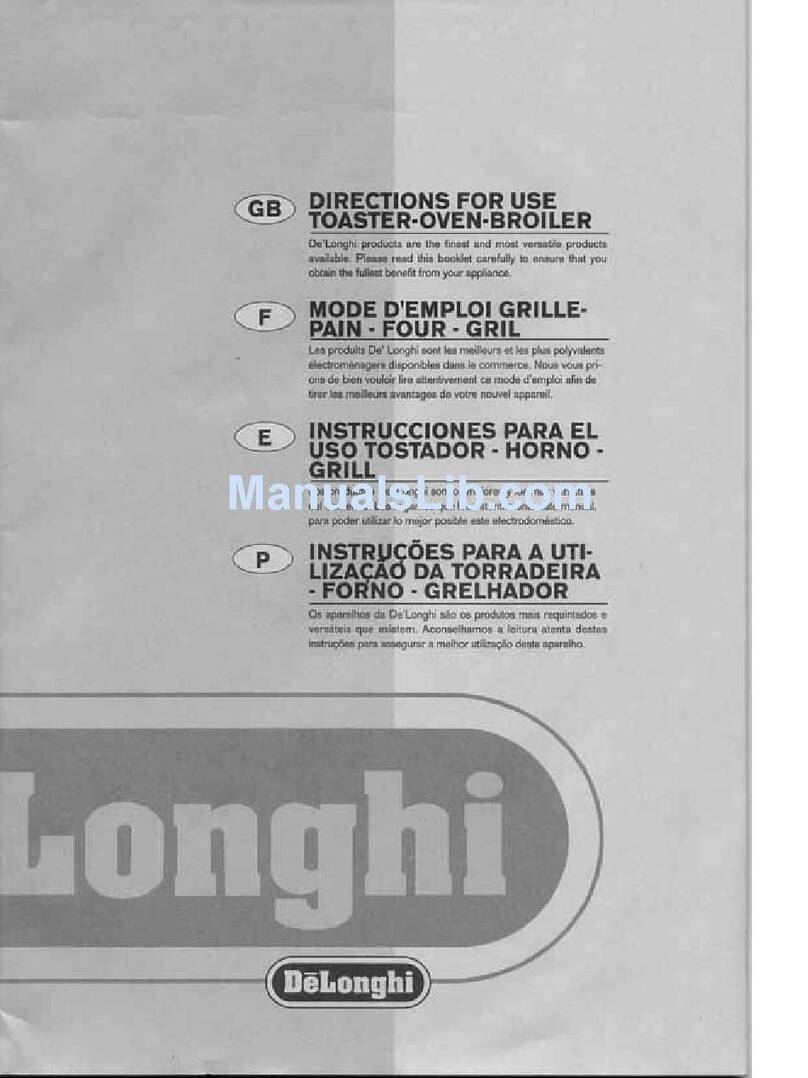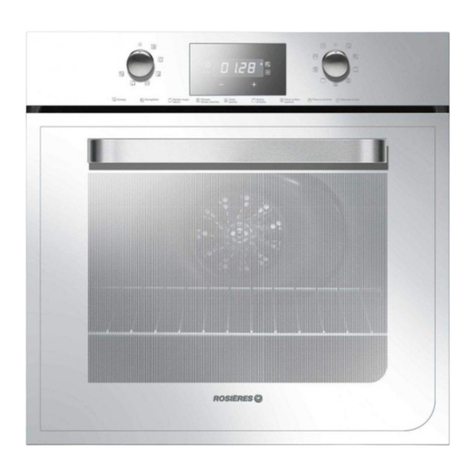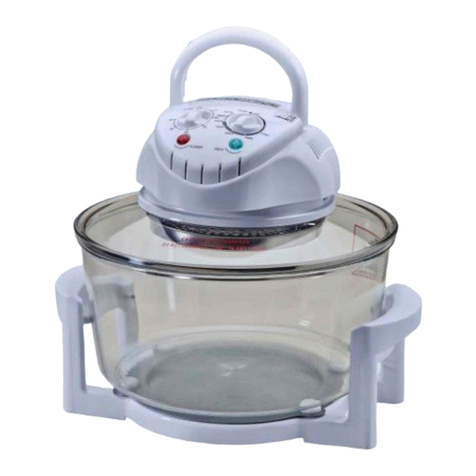
www.aegaustralia.com.au |www.aegnewzealand.co.nz
4
• Do not use harsh abrasive cleaners or
sharp metal scrapers to clean the glass
door since they can scratch the surface,
which may result in shattering of the
glass.
• Excessive spillage must be removed
before the pyrolytic cleaning. Remove all
parts from the oven.
• To remove the shelf supports rst pull
the front of the shelf support and then
the rear end away from the side walls.
Install the shelf supports in the opposite
sequence.
• The means for disconnection must
be incorporated in the xed wiring in
accordance with the wiring rules.
• Use only the food sensor (core
temperature sensor) recommended for
this appliance.
2. CONDITIONS OF USE
This appliance is intended to be used
inhousehold and similar applications
such as:
• Farm houses
• By clients in serviced apartments,
holiday apartments and other residential
type environments.
• Staff kitchen areas in shops, ofces and
other working environments, Bed and
breakfast type environments
3. SAFETY INSTRUCTIONS
3.1 Installation
WARNING! Only a qualied person
must install this appliance and carry
out servicing. (Certicate of
Compliance to be retained)
• Remove all the packaging
• Do not install or use a damaged
appliance.
• Follow the installation instruction
supplied with the appliance.
• Always take care when moving the
appliance as it is heavy. Always use
safety gloves and enclosed footwear.
CAUTION!
Avoid sharp edges during handling.
• Do not pull the appliance by the handle.
• Keep the minimum distance from the
other appliances and units.
• Make sure that the appliance is installed
below and adjacent safe structures.
• Where the appliance is built into a
cabinet, the cabinet material must
be capable of withstanding 70°C. If
adjacent to vinyl-wrapped surfaces, use
installation kit from vinyl wrap supplier.
• The sides of the appliance must stay
adjacent to appliances or to units with
the same height.
• The appliance is equipped with an
electric cooling system. It must be
operated with the electric power supply.
3.2 Electrical connection
WARNING! Risk of re and electrical
shock.
• All electrical connections should be
made by a qualied electrician.
• The appliance must be earthed.
• Make sure that the parameters on the
rating plate are compatible with the
electrical ratings of the mains power
supply.
• Use only correct isolation devices: line
protecting cut-outs, fuses (screw type
fuses removed from the holder), earth
leakage trips and contactors.
• The electrical installation must have
an isolation device which lets you
disconnect the appliance from the
mains. The isolation device must have
a contact opening width of minimum 3
mm.
• A means for disconnection must
be incorporated in xed wiring in
accordance with the wiring rules.
• Switch the appliance off before
removing the oven light glass for globe
replacement




